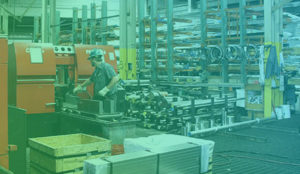What are the examples of IoT hardware devices?
The most common examples of hardware IoT devices are of course, your smartphone, smartwatches, laptops, and more advanced products like digitalized vehicles. Our entire physical surroundings are full of IoT hardware devices.
As i’m sure you’ve experienced how connected devices work, a good example of this is between your smartphone and your smartwatch. These are fundamentally two of the most popular IoT hardware devices. After connecting, or linking, your phone to your smartwatch, you can easily control either device through one of the other. From messaging and calling, to scrolling through social media, this can all be done because of your connected devices.
Another example is through exercising. If you’re wearing a smartwatch your steps, distance taken, heart rate, etc… will be transmitted back to your smartphone and recorded for reference or guidance to improve. The idea behind hardware IoT is to assist us in day-to-day living, and make life a lot more convenient.
This was just the basic concept of hardware IoT, but many companies are fastly transitioning in to the smart home industry, looking into new ways to have everything in your house connected through hardware IoT devices. Xiaomi is a great example of a company working in the smart home IoT industry. Xiaomi is a technology company that sell, well, almost everything. Although their hardware IoT platform consists of sockets & sensors, smart lighting, appliances, humidifiers, and many other IoT connected devices.
The idea behind Xiaomi’s IoT platform is that everything inside your home can be connected and controlled through one device, furthermore, Xiaomi’s smart home IoT platform is designed to recognize and remember people’s preferences. Such as, if someone walks into a room Xiaomi’s IoT devices will set all the electronics according to past preferences.




